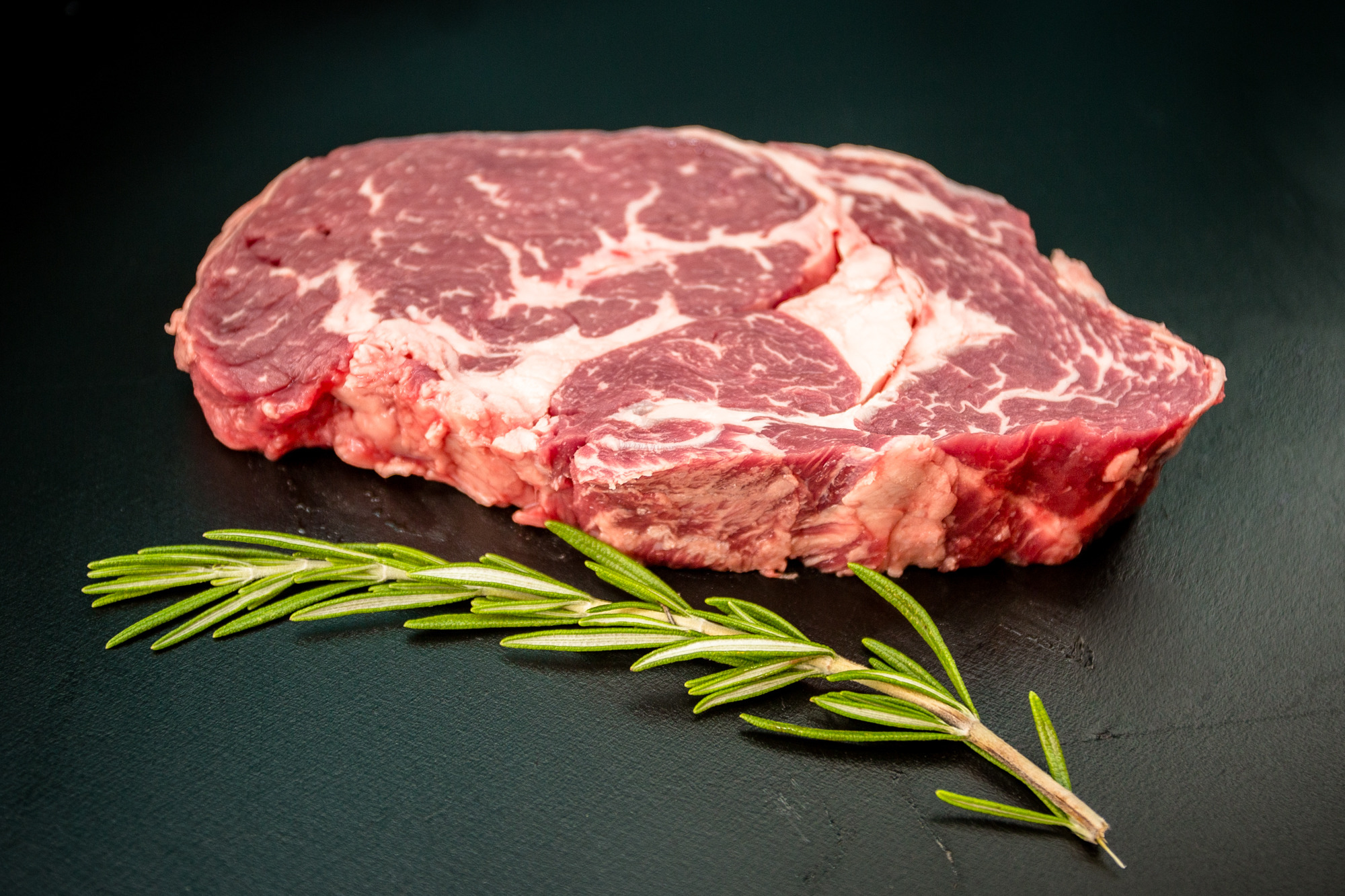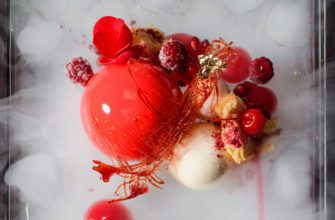Delmonico steak is a fairly popular name for today, but no one can clearly say what kind of meat it is. There are many opinions regarding what was originally called Delmonico steak. We clearly know one thing: for the first time, Delmonico steak was served in a restaurant in New York about 150 years ago. In this article, we will try to answer the question of what Delmonico steak is today and how butchers use people’s ignorance.
The story of steak Delmonico

No one can claim for certain precisely what cut of meat Delmonico’s was offering when it developed the Delmonico steak since it occurred in around 1840, as well as there’s no one around that bears in mind.
Butchers cook as well as steak connoisseurs can not also concur on whether a Delmonico steak must be boneless or bone-in. And also there’s also much less arrangement regarding specifically which cut of beef it needs to be made from.
At its a lot of standard, however, a Delmonico steak is a large steak – potentially as much as 2 inches thick. As well as it ought to be an extremely top quality item of meat, with lots of marbling.
It requires to come from someplace in the rib or brief loin area of the beef.
It may be a bone-in or boneless ribeye steak, or a boneless or bone-in strip steak. Some summaries of the Delmonico steak portray it as a smaller sized variation of a T-bone steak.
We have a secret. We do recognize that the Delmonico is a tender cut of meat, which needs to be prepared promptly with dry-heat food preparation techniques such as cooking as well as broiling.
What is Delmonico steak today?

The main problem is that there is no clear description of the Delmonico steak. Therefore, anyone can name their Delmonico steak and no one can stop it.
Many butchers pickle any meat, cook it and serve it under the guise of Delmonico. However, this is absolutely wrong. Today Delmonico steak is called Ribeye. But Ribeye is very expensive meat and for this reason, many shops and restaurants use it. They serve any similar meat and call it Delmonico. Unknowingly, people take this for an original dish and pay for it like for a real Ribeye.
This technique is just something they can escape, to begin with, due to the fact that there is no stringent interpretation of the words “Delmonico.” Still, making use of a semantic technicality to make the most of innocent consumers is not something an excellent butcher should certainly do.
Inevitably, the Delmonico steak is as much misconception as it is a certain cut of steak. If it’s a thick, high-quality steak from the rib or brief loin, you might call it a Delmonico. Delmonico’s Dining establishment is still in service, and also on their food selection, the Delmonico steak is a boneless ribeye.
Popular types of steaks and their alternative names
The table below shows the most popular types of steaks and their alternative names. Each steak has at least several of them. We also see a description of what part of the meat steaks are made of and what are their differences among themselves.
| The official name of the kind of steak | Alternative names | Carcass piece | Description |
|---|---|---|---|
| Ribeye | entrecote, scotch fillet, Delmonico steak, “butcher’s choice” | The thick edge of the subscapular coastal part at the intersection of four muscles | Ribeye has little fiber and many layers of fat. Due to the high marbling, the steak is aromatic, juicy and delicate in taste. The dish does not need pickling. |
| Striploin | New York, strip, Kansas steak | A strip of lumbar part between thick edge and tenderloin | Striploin consists of only one muscle and has a denser fiber structure than Ribeye. The fat strip passes only along the edge of the steak. This makes the dish juicy enough. At the same time, the strip has a stronger aroma and a moderately pronounced meat taste. It is believed that in “New York” all the qualities important for the delicacy are balanced. |
| Filet mignon | tenderloin, tenderloin, filet | Thin edge of the center of the tenderloin | Filet Mignon is the leanest cut. Lean steak is good for weight watchers. Tenderloin is especially appreciated for its velvety tenderness. This is due to the small amount of connective tissue in the piece. The dish has a light meat aroma and a pleasant creamy taste. This kind of steak does not allow Medium Rare. |
| Chateaubriand | double sirloin steak | Thick edge of the upper end of the cutting center | Chateaubriand is the same filet mignon, but larger and located in length rather than in height. The steak is the thickest of boneless premium cuts. The dish is often served as a serving for two. Chateaubriand is also the most expensive steak since only two fillets come out of the whole carcass. |









